Arranged Marriages
In sixteenth century Europe, most marriages were arranged, not by the two people getting married, but by their parents and other relatives. . . Over the next two centuries, these understandings of marriage and family would change.
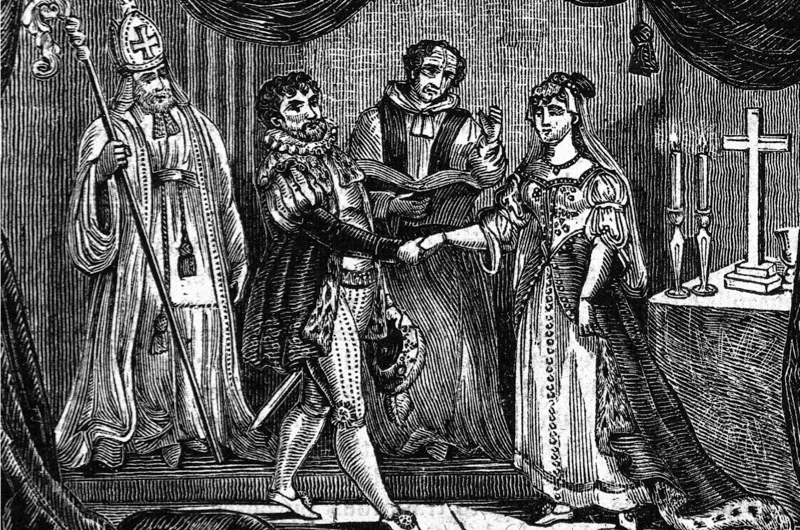
In sixteenth century Europe, most marriages were arranged, not by the two people getting married, but by their parents and other relatives. . . Over the next two centuries, these understandings of marriage and family would change.
During this time it was customary for a bride or her family to provide the groom a dowry. Generally, a dowry was a grant usually consisting of real estate, valuables, or money. It was not an outright gift to the husband. Rather, it was a reserve asset with any or all of the following purposes:
• To insure fair treatment of the wife by the husband. For example, if a husband committed a serious wrong against his wife, he had to forfeit the dowry. He also had to forfeit it to her or her family if he divorced her.
• To provide income for household necessities as the husband and wife were beginning their marriage.
• To provide the wife income if the husband died.
Didn't happen. Stay miserable.
There might be something to consider about how sometimes there are "rules" about who can do what, where and with whom. We either obey the rules, sneak around the rules or just flout them.
There are many versions of marriage in this play, but what about love? Are love and marriage the same thing? Where does romance fit in? Lust? Control? Power?
Sometimes we hate society's expectation. Sometimes we fulfill society's expectations. It's hard to change when people are watching you and talking about you.
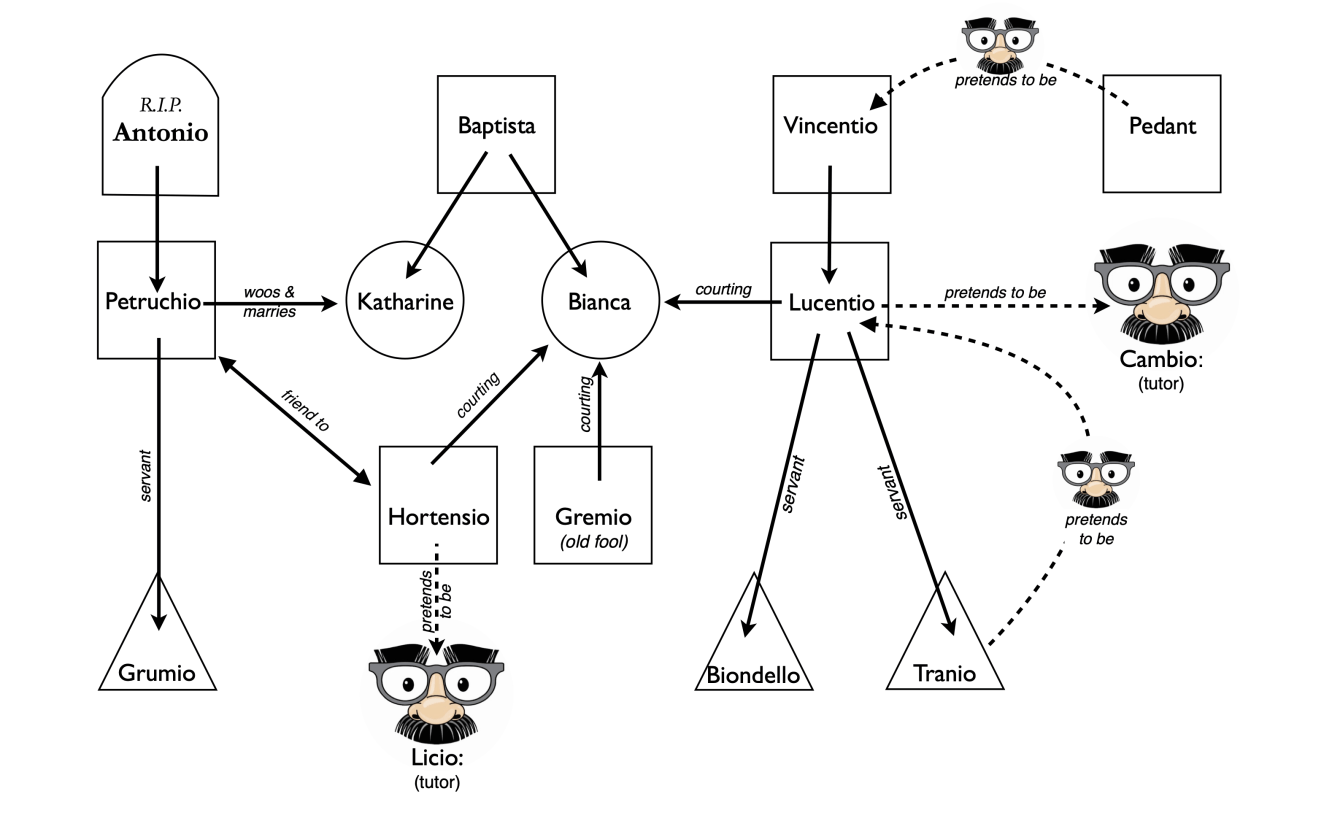
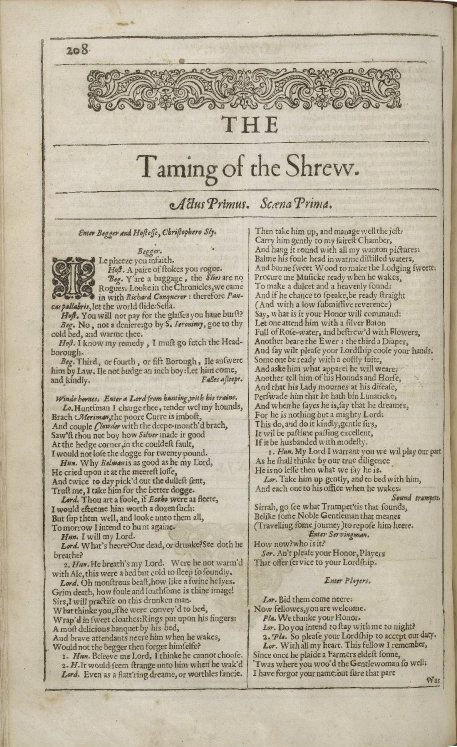
You have ten scenes- given in chronological order that they appear in the play. You’ll need to be roughly familiar with these scenes for your final. Watching them for comprehension is a good way to do this. I suggest following along with the script so you get a sense for the literal meanings of the language as well as the contextual meanings.
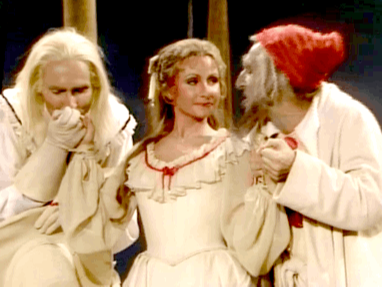
Act I, scene 1
Script and available video
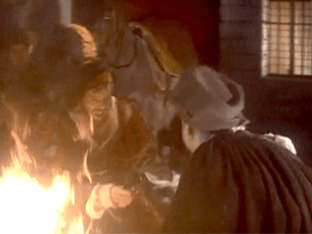
Act I, scene 2
Script and available video
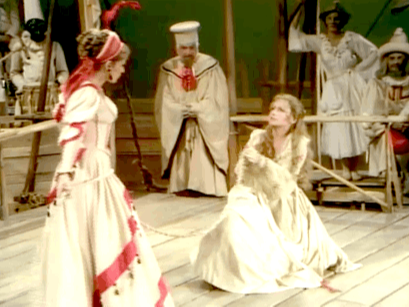
Act II, scene 1
Script and available video
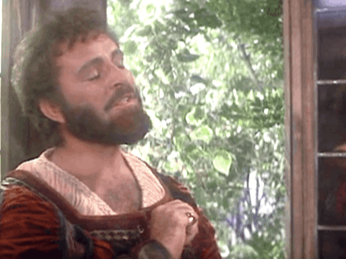
Act II, scene 1 &
Act IV, scene 1
Script(s) and available video
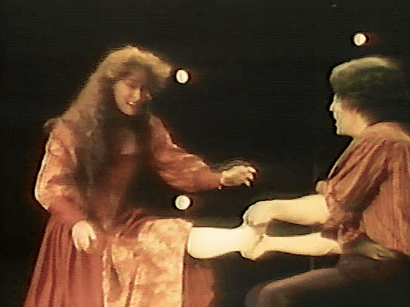
Act II, scene 1
Script and available video
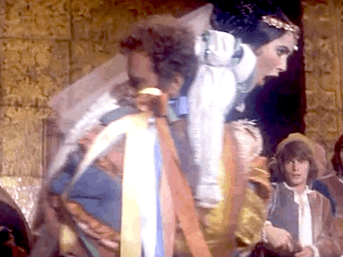
Act III, scene 2
Script and available video
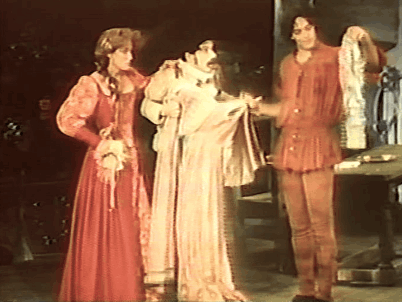
Act IV, scene 3
Script and available video
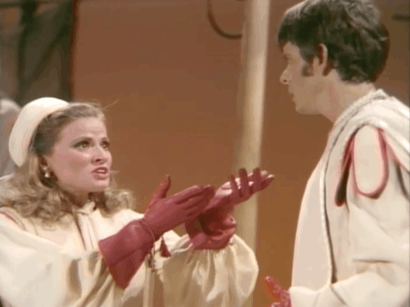
Act IV, scene 5
Script and available video
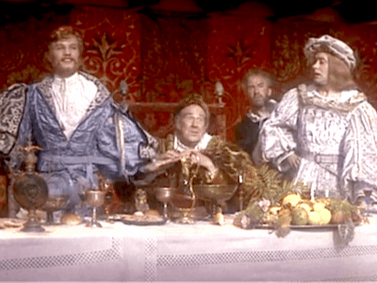
Act V, scene 2
Script and available video
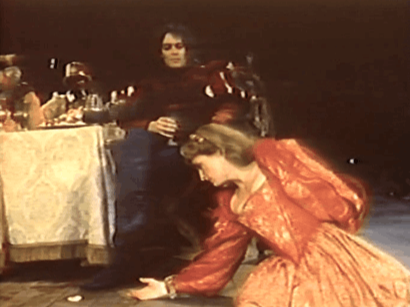
Act V, scene 2
Script and available video
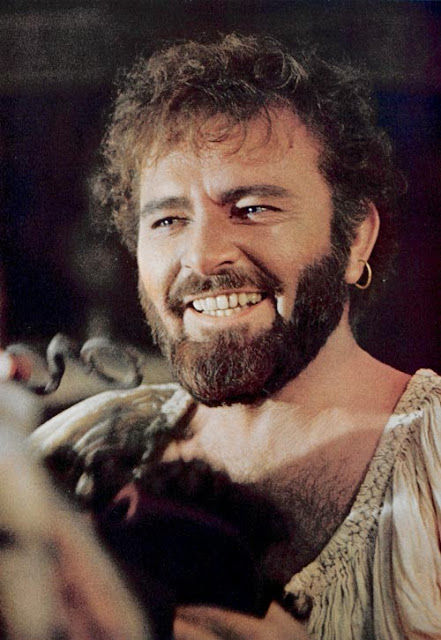
Create several social media posts that reflect the true nature of relationships in the play The Taming of the Shrew.
As you begin to get comfortable with some of this language from your scene studies, your assignment is to create a modern communication between some of the characters we’ve studied.
Option A: The two-person conversation
This is a private text-style conversation between two characters. Some of the lines must come directly from the play. You should “slish and slash” them, removing chunks of text and grabbing lines from other scenes but there are some rules:
• About 50% of the character's words must are lines from the play, about 50% paraphrase/interpretation/adaptation
• The lines MUST have been spoken by THAT CHARACTER in the play.
• You must use an image of the character next to their screen name.
• Any text that you make up must be "in character” for the texter.
• About 50% of the character's words must be paraphrased/adapted by YOU.
• Icons, emojis and GIFs are not just okay, they’re encouraged.
• At least 5 back-and-forth exchanges of conversation
Create this so that it looks like a text chain or other messaging app.
Option 2: The Public Post
In a familiar social media app format (Instagram, Snapchat, FaceBook, InstaFace), make a post using a screenshot from one version of the play that we watched. (Feel free to add text or filters to customize it how you want). Then, create a comment thread using several characters speaking in character about the post.
Remember, a theme of the play is about how we behave when in public or in disguise. Society is a powerful force.
same rules as above, plus
• Minimum of four characters interacting
• Images must be from a different version of The Taming of the Shrew from what you used above.
• At least 4 participants other than the original post
• At least 12 entries/comments/replies
You can create this social media in any format you choose- a poster, a video, a slideshow. Just be sure that your adaptation looks like a modern form of communication.
Here's a folder of head shots if you'd like them.
Here's a text template for Google Slides that you can use
And an Instagram template
or try this one
(make a copy, then edit)
or
feel free to find your own template online and use that.